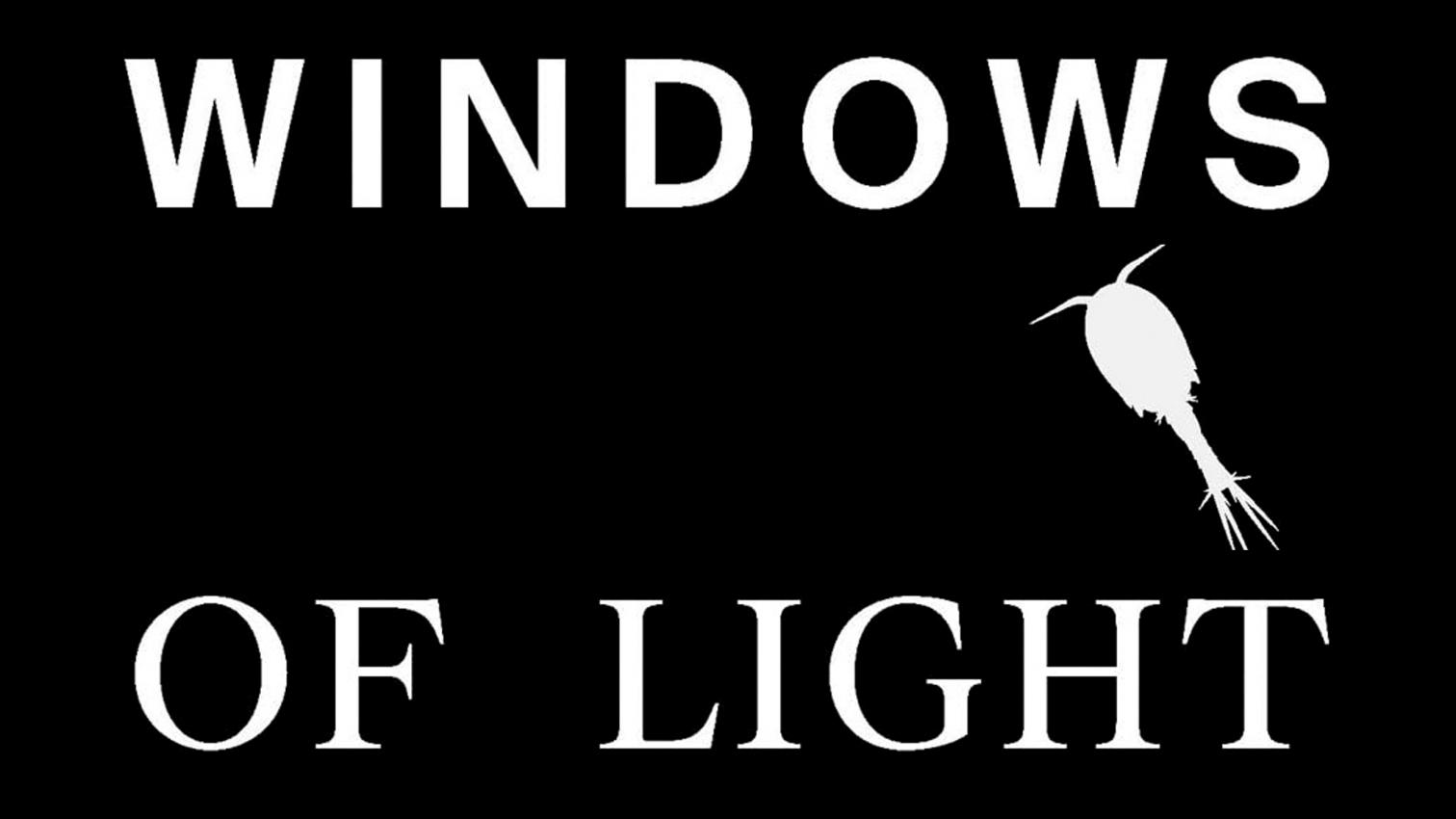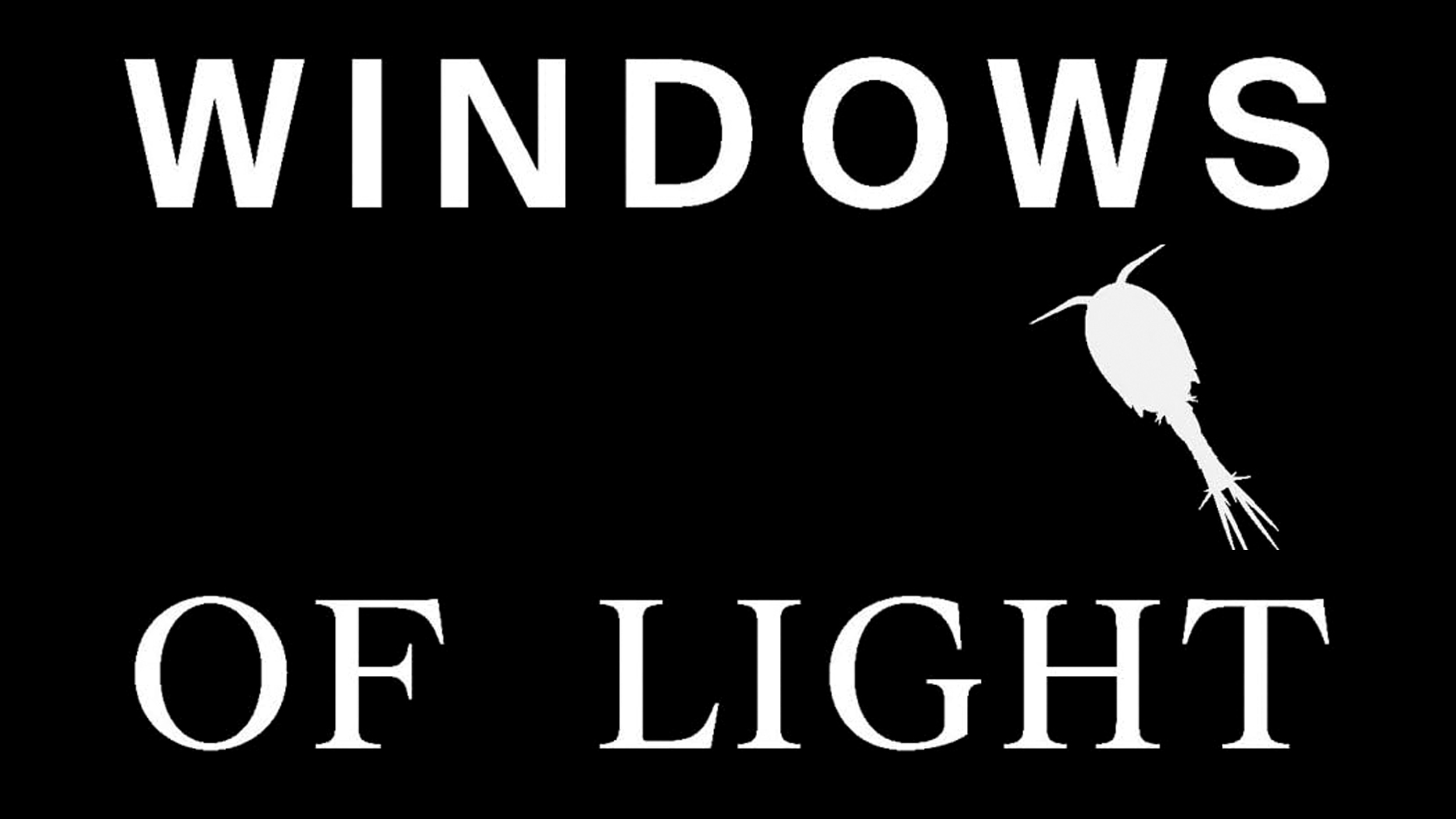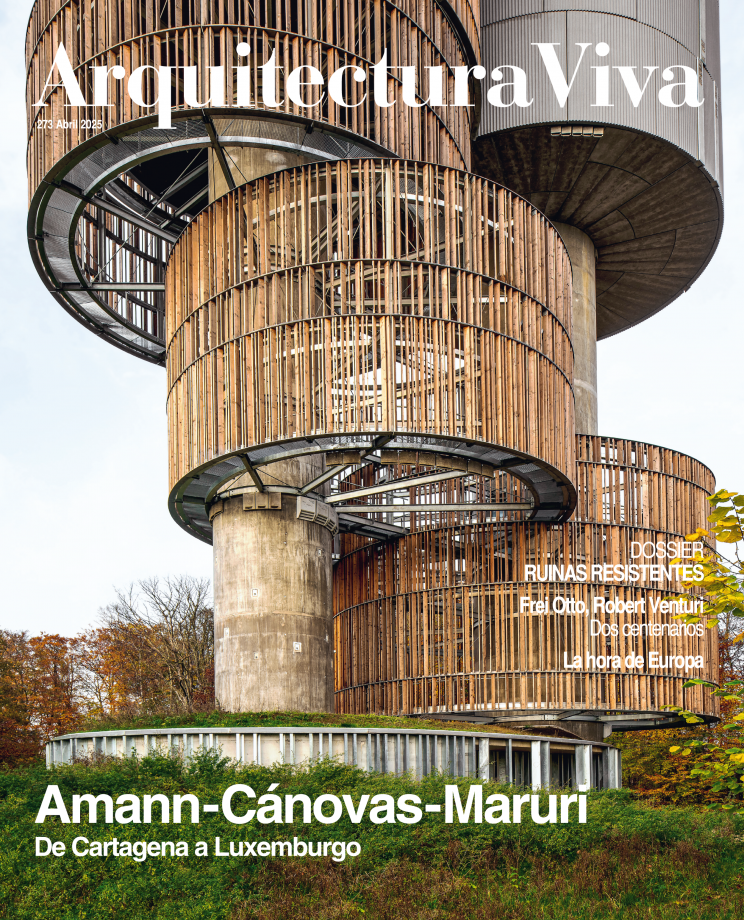
What do a crustacean, the Joseon dynasty, and Lebanon’s capital have in common? Little more than being in one improbable question. For Lina Ghotmeh, the answer is in microwaves.
This book is an eclectic array of visual essays, spiced up with brief notes to help us see what holds together a motley selection of images. The risk of dispersion (latent in publications with divided, in this case tripartite, structures) is avoided thanks to a through-line across the history of light, drawn in the conviction that, besides a physical constant, it can be a cultural tool.
The first chapter tells the story of visible radiation and the way it is measured and captured, using the sun, bioluminescent mushrooms, or Egyptian sculptures, but also formulas, Bachelard, or the Irworobongdo, among other myths with which the architect, aware of geopolitics in pictures, strays from the Eurocentrism of treatises. Cyanobacteria and satellites are left behind with Laurian Ghinițoiu’s photos, which break away from the encyclopedic to show Beirut literally and metaphorically immersed in the shadows of the electricity crisis. The academic gives way to a truth: artificial light remains a privilege in many places.
The drift ends with a prolongation of the initial study: a series of ink drawings where light, water, and air interweave in an intimate reflection on the intangible. Seemingly unconnected musings are stations of a single narrative. Lina’s light is a physical phenomenon but also the sociopolitical substance that connects cultures, molds bodies, and defines architectures.







